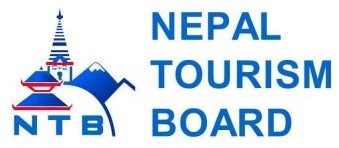Best Time for Trekking in Nepal: A Comprehensive Guide

2nd Jan, 2025
- teamramadventure
Nepal, the land of the Himalayas, is a trekker's paradise. With eight of the world's 14 highest peaks and a myriad of trails, Nepal offers unparalleled trekking experiences. However, the success and enjoyment of your trek depend significantly on choosing the right season. This guide provides detailed insights into the best time for trekking in Nepal, highlighting each season’s advantages, challenges, and recommended trails.
Table of Contents
Overview of Nepal’s Trekking Seasons
Nepal experiences four distinct seasons, each offering unique trekking opportunities:
Spring (March to May)
Summer/Monsoon (June to August)
Autumn (September to November)
Winter (December to February)
Let’s explore each season in detail to help you plan your trekking adventure.
Spring (March to May)
Why Spring is Ideal for Trekking
Spring is one of the most popular trekking seasons in Nepal. The weather is mild, and the landscape is adorned with blooming rhododendrons and other wildflowers, creating a vibrant and picturesque trekking experience.
Weather Conditions
Temperature: Ranges between 16°C to 23°C at lower altitudes; cooler at higher elevations.
Visibility: Clear skies, offering spectacular mountain views.
Precipitation: Minimal rainfall.
Highlights of Trekking in Spring
Trails lined with colorful rhododendrons.
Pleasant weather and moderate temperatures.
Excellent conditions for high-altitude treks.
Recommended Treks in Spring
Everest Base Camp Trek: Stunning views of Everest and neighboring peaks.
Annapurna Circuit Trek: Diverse landscapes and cultural experiences.
Langtang Valley Trek: Known for its lush greenery and mountain vistas.
Mardi Himal Trek: A less crowded alternative with panoramic views.
Summer/Monsoon (June to August)
Why Consider Trekking in Summer?
While summer coincides with the monsoon season, certain trekking regions in Nepal remain ideal. Rain-shadow areas, such as Upper Mustang and Dolpo, receive little rainfall and offer unique trekking experiences.
Weather Conditions
Temperature: Warm at lower altitudes (20°C to 25°C); cooler as you ascend.
Visibility: Clouds and rain can obscure mountain views.
Precipitation: Frequent rainfall, especially in lower regions.
Challenges of Monsoon Trekking
Muddy and slippery trails.
Increased risk of leeches and landslides.
Limited visibility due to cloud cover.
Highlights of Trekking in Summer
Lush green landscapes.
Fewer crowds on popular trails.
Unique cultural experiences in restricted rain-shadow areas.
Recommended Treks in Summer
Upper Mustang Trek: A culturally rich area with arid landscapes.
Dolpo Region Trek: Remote and less affected by monsoon rains.
Nar Phu Valley Trek: A hidden gem with Tibetan-influenced culture.
Autumn (September to November)
Why Autumn is the Best Trekking Season
Autumn is universally regarded as the best season for trekking in Nepal. The weather is stable, the air is crisp, and the skies are crystal clear, providing breathtaking mountain views.
Weather Conditions
Temperature: Comfortable, ranging from 10°C to 20°C.
Visibility: Excellent, with unobstructed views of the Himalayas.
Precipitation: Minimal rainfall.
Highlights of Trekking in Autumn
Perfect weather conditions.
Stunning landscapes with golden rice fields and clear skies.
Festivals such as Dashain and Tihar enhance the cultural experience.
Recommended Treks in Autumn
Everest Base Camp Trek: Best views of Everest under clear skies.
Annapurna Base Camp Trek: Beautiful blend of landscapes and culture.
Manaslu Circuit Trek: A challenging yet rewarding adventure.
Ghorepani Poon Hill Trek: Known for its sunrise views over the Himalayas.
Winter (December to February)
Why Trekking in Winter Can Be Rewarding
Winter trekking in Nepal offers solitude and tranquility. The snow-covered trails and peaks create a magical experience for those who can withstand the cold.
Weather Conditions
Temperature: Cold, ranging from -10°C to 5°C at higher altitudes.
Visibility: Clear skies, especially in the mornings.
Precipitation: Occasional snowfall at higher elevations.
Challenges of Winter Trekking
Extreme cold, particularly at night.
Some high passes may be inaccessible due to snow.
Shorter daylight hours.
Highlights of Winter Trekking
Quiet and less crowded trails.
Pristine snow-covered landscapes.
Clear skies for photography.
Recommended Treks in Winter
Everest Panorama Trek: A shorter trek with great views.
Ghorepani Poon Hill Trek: Accessible even in winter.
Langtang Helambu: Lower altitudes and less snowfall.
Kathmandu Valley Trek: Ideal for beginners and close to the city.
Factors to Consider When Choosing a Trekking Season
Altitude and Route: High-altitude treks are best during spring and autumn.
Experience Level: Beginners may prefer spring and autumn for milder conditions.
Budget: Off-season (monsoon and winter) may offer discounted rates.
Crowds: Opt for summer or winter for a more secluded experience.
Physical Fitness: Some seasons, like winter, demand better physical preparation.
Essential Tips for Trekking in Nepal
Pack Wisely: Include season-appropriate clothing and gear.
Hire Guides and Porters: Especially useful in off-season treks.
Acclimatization: Allow time to adapt to high altitudes.
Permits: Ensure you have the necessary trekking permits (e.g., TIMS, ACAP).
Travel Insurance: Cover high-altitude trekking and emergencies.
Conclusion
The best time for trekking in Nepal depends on your preferences and goals. Spring and autumn are ideal for most trekkers due to their favorable weather and stunning scenery. However, summer and winter offer unique experiences for those seeking adventure off the beaten path. By understanding each season's characteristics and challenges, you can plan a trek that aligns perfectly with your expectations.
Nepal’s diverse landscapes, rich culture, and towering Himalayas ensure that trekking here is a memorable experience, no matter when you choose to visit. Prepare well, choose your season wisely, and embark on an unforgettable journey in the heart of the Himalayas.


 Plan Your Trip Now
Plan Your Trip Now 










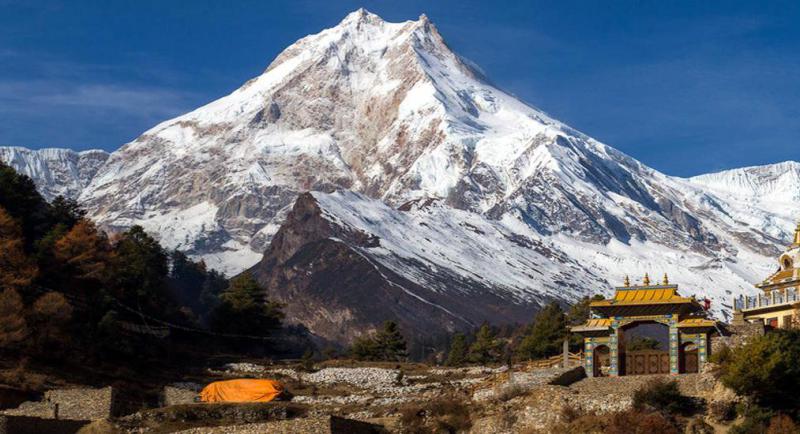

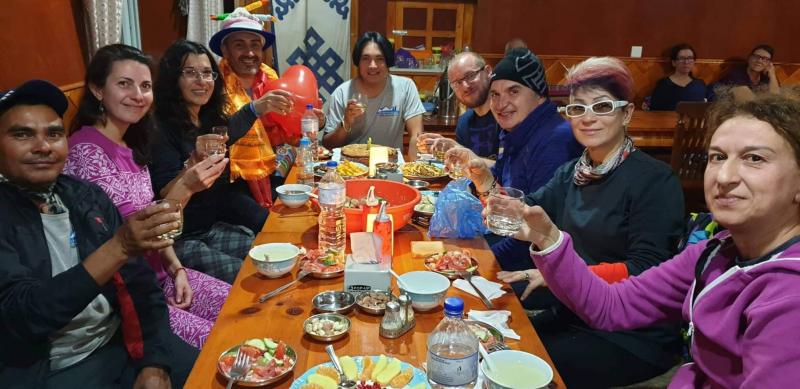









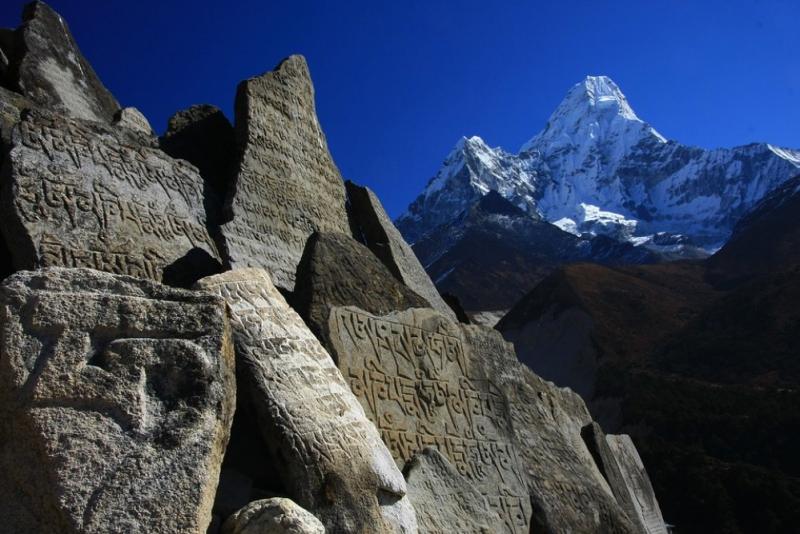






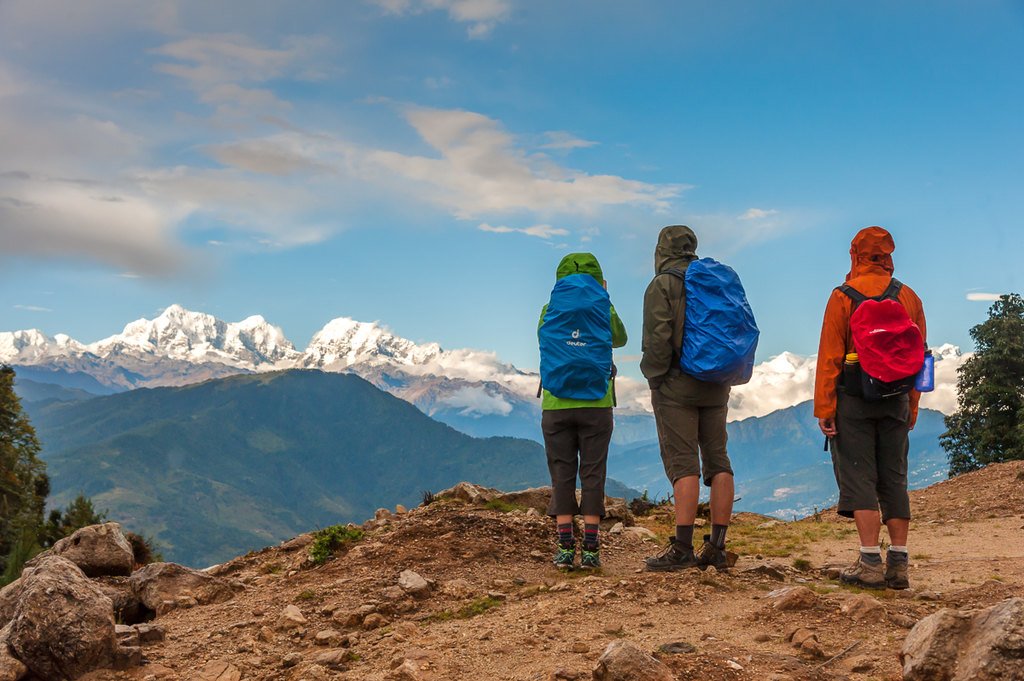
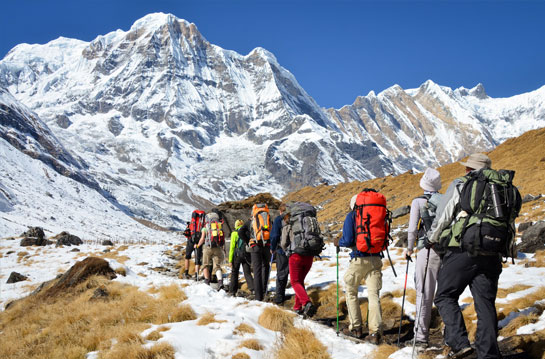
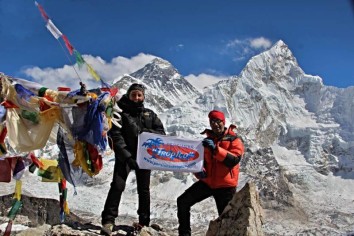






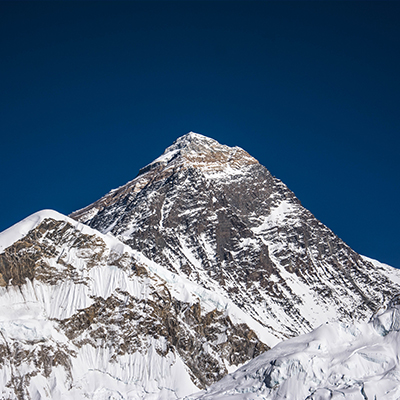


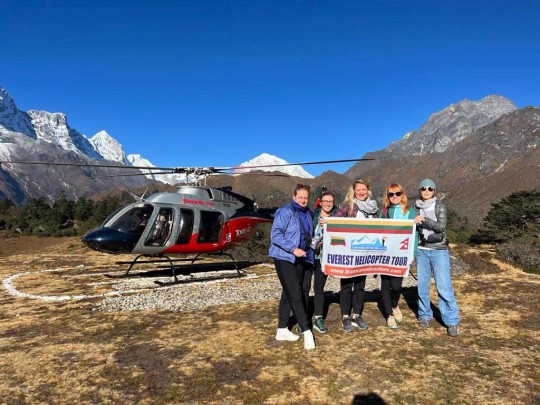



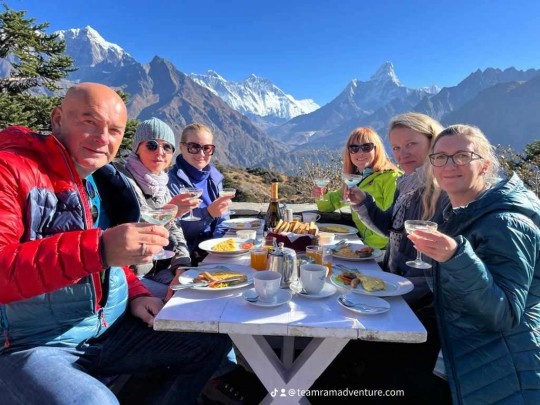







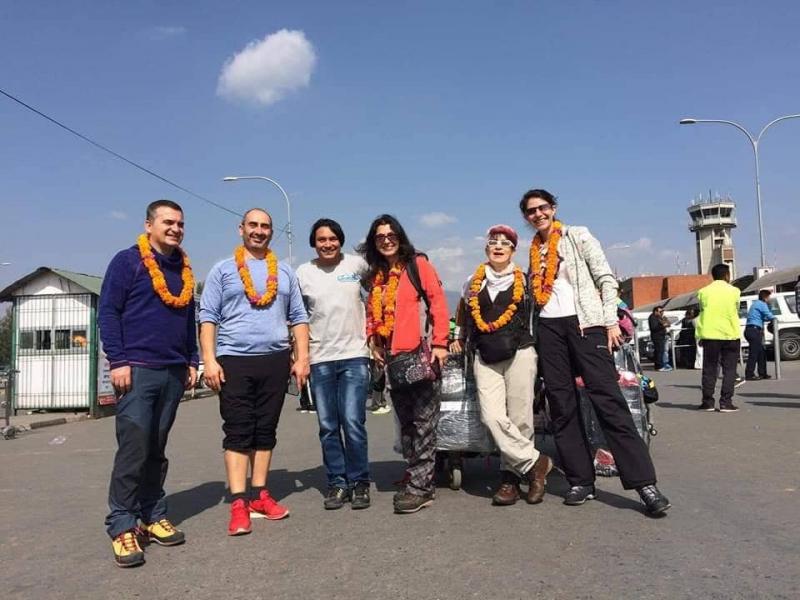












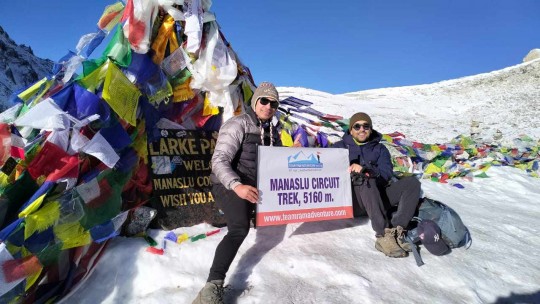
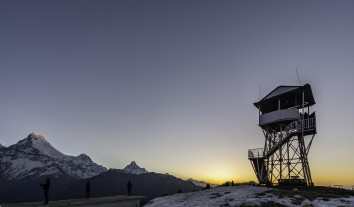
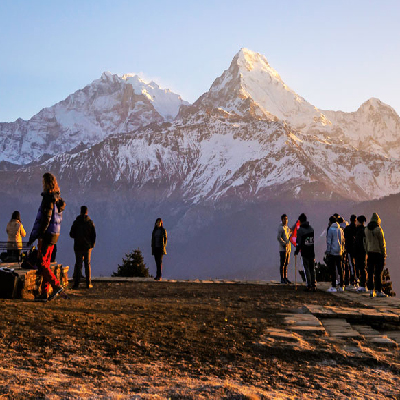










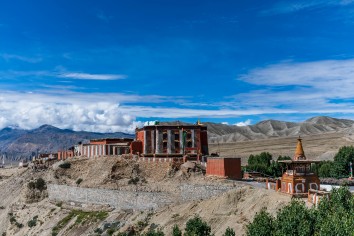


.jpg)







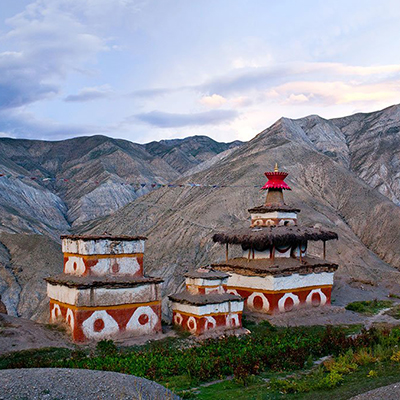
.jpg)


.jpg)

